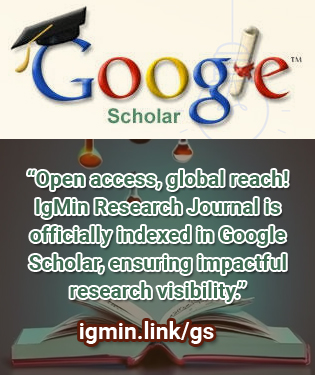要約
The NASA approach for technology development for missions is to (1) wait for a mission need, and (2) upgrade the technology available at that time, however inadequate.
This is illustrated with two important NASA technologies: in situ resource utilization (ISRU) and recycling wastewater. It also serves as a review with 49 references provided.
NASA funding for ISRU has been sporadic and minimal, probably because no mission was being implemented that used ISRU. The state of the technology remains underdeveloped. For example, CO2 in the Mars atmosphere supplies carbon and oxygen. However, we still do not have a viable system to acquire CO2 and compress it with acceptable power requirements and adequate lifetime.
NASA technology for recycling wastewater was developed for the International Space Station. It requires frequent attention with replenishment and replacement of subsystems. This system appears to be inadequate for Mars missions and there is no evidence that NASA has a viable plan to fix that.




![System diagram for testing cryogenic compression of CO2. [18]](https://www.igminresearch.jp/articles/figures/igmin247/igmin247.g001.png)


